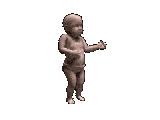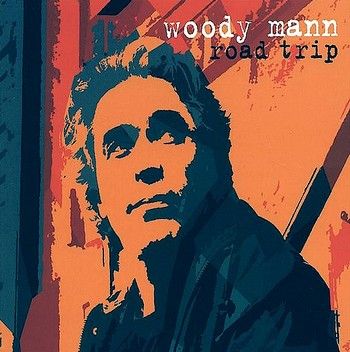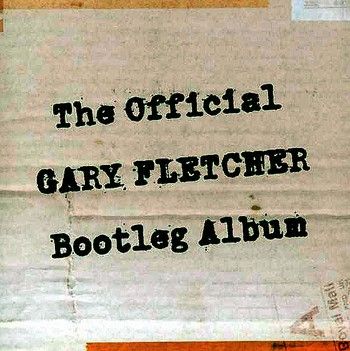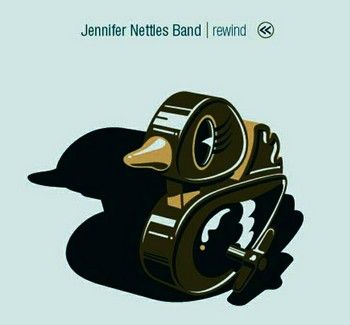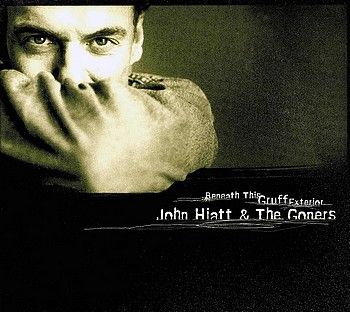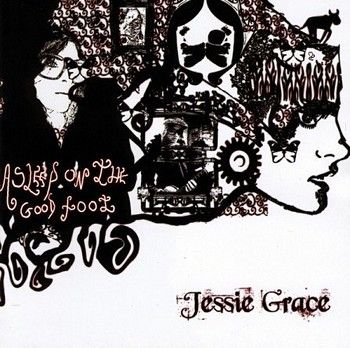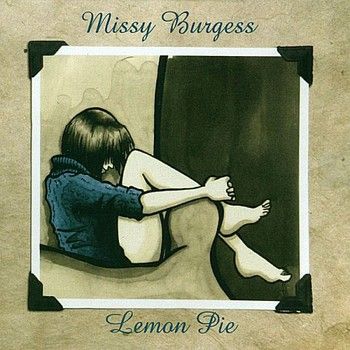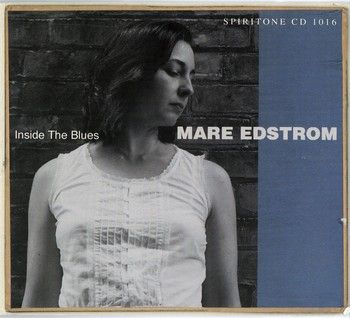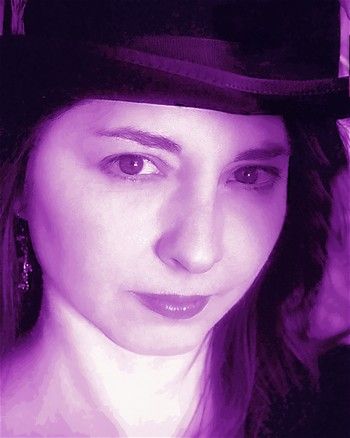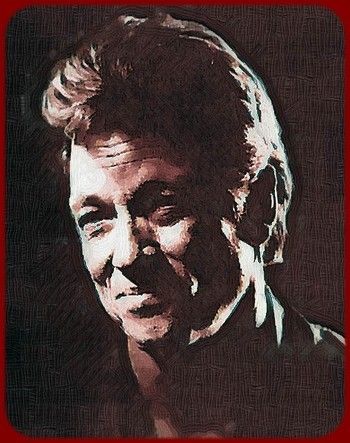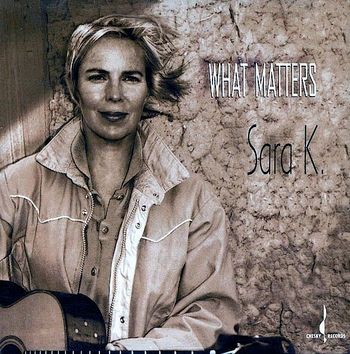
From the time she first performed in front of an audience when she was 17 years old, singer/songwriter Sara K. knew she wanted to live her life making music. She followed her dream and stayed true to her desire, despite the fact that demand for acoustic solo performers was falling off as the end of the '70s approached. Several avenues remained open to her, including fronting her own band, studio work, and backing country music artists, which she did in her hometown of Dallas, TX. She also found work locally singing jingles. From her childhood years on, music played an important part in her life. Her mother belonged to a choir at church, while her father sang bass as part of a barbershop quartet. She first took up the guitar at the age of 15, although her instrument wasn't the standard one on which most youths begin. She started with a basic flamenco guitar and added four strings meant for a bass. The resulting hybrid didn't produce notes as low as those normally produced by a bass, yet they were definitely lower than those made by a guitar. After the early years in Texas, she took her band, Sara K. and the Boys Without Sleep, to Los Angeles and New Mexico. Beginning in 1973, she led the band for about ten years and she followed that up by spending more than two years on tour with country singer Gary Nunn. The experience was a good one, but she longed to concentrate on crafting songs and performing her own compositions. She settled down in Santa Fe to work on her songs, putting together an album that eventually became Gypsy Alley and was released by Mesa/Bluemoon Records in 1982. The New Mexico Music Industry Coalition honored the release with an award for Best Album. Chesky Records signed her to a contract, and Sara K. went on to release four well-received albums: Hobo, Tell Me I'm Not Dreamin', Play on Words, and Closer Than They Appear. The singer/songwriter toured Germany in 1997 with Hui Cox, an arranger and guitar player. That same year, she also contributed to the soundtrack for The Postman. Two years later, No Cover was issued featuring Chuck Mangione on one of the tracks. The live album was recorded in New York City inside St. Peter's Episcopal Church, making the most of the soaring interior's dynamite acoustics. What Matters followed in 2001. © Linda Seida © 2013 Rovi Corp | All Rights Reserved http://www.allmusic.com/artist/sara-k-mn0000298165
An extraordinary musical and lyrical album of country, jazz, folk, and blues. The album has been termed a “Southwestern-dust portrait of love and life”, and Sara's rich, beautiful voice is evocative of the hot, desolate and beautiful American Southwest that she calls home. Sara penned ten of the album’s poignant tracks. She also covers Stephen Stills' "Johnny's Garden" and Procol Harum's unforgettable "Whiter Shade of Pale." This is a great album by a highly original and also very underestimated vocalist and songwriter and HR by A.O.O.F.C. Why are these artists not better known? Probably a stupid question, as we all know what the music industry is like nowadays. Buy Sara’s wonderful "Water Falls" album and support great music. Listen to some of James McMurtrys’s albums which are also full of beautifully written and evocative songs [All tracks @ 320 Kbps: file size = 109 Mb]
TRACKS
1.He Got You
2.Johnny's Garden
3.Bebe's Waltz
4.What Matters
5.Because
6.Tierra Contenta
7.I Want You to Come In
8.Bebe's Dream/Armor
9.Whiter Shade of Pale
10.Ivory Cage
11.Bebe's Wake
All tracks composed by Sara K. except Track 2 by Stephen Stills, and Track 9 by Gary Brooker, Keith Reid, Matthew Fisher, Johann Sebastian Bach
MUSICIANS
Bruce Dunlap - Acoustic Guitar, Dobro
Paul Socolow - Acoustic Bass
Todd Turkisher - Drums, Percussion
Gil Goldstein - Accordion, Bass Accordion
Sara K. - 4 String Guitar, Vocals
BIO (WIKI)
Sara K. (full name Sara Katherine Wooldridge) is an American singer-songwriter based in Santa Fe, New Mexico. Her music includes genres like blues, folk as well as jazz. She has released audiophile albums and used to play a custom 4-(bass)-string acoustic guitar. She withdrew from music business in 2009. Born and raised in Dallas, Texas, she grew up in a family surrounded by music: her mother sang in a church choir, her father in a barbershop quartet, her brother played in a band, and her sister also played the guitar. However, her family considered music a hobby, not a job option. In the early 1970s, at the age of 15, she started playing the guitar, using one her sister had left behind. She took this flamenco guitar, took off the remaining regular strings, and put four bass strings on instead (tuned to an open A). This gave it a fuller tone than a conventional acoustic guitar while not sounding as deep as a bass. She used this tuning from then on, making it one of her trademarks. Although the era of acoustic solo performers was on the decline in the late 1970s, she stayed on that course. After graduating and moving out, she spent a few years playing whenever and wherever possible, be it "happy hours", back-up vocals for country music and jingles, or her own demo tapes. When realizing that she didn't entirely fit the contemporary scene in Dallas, she moved to New Mexico. After having moved to the small mountain town Ruidoso, New Mexico, she became leader of the band Sara K. and the Boys Without Sleep. From 1978 to 1983, they toured mainly New Mexico and Los Angeles. She also toured with country musician Gary Nunn for two years. After moving to Santa Fe, she teamed up with several musicians and put out her debut album, Gypsy Alley (1989) with Mesa/Bluemoon. Many of its songs' topics come from the almost fifteen years she had lived a somewhat nomadic lifestyle, moving around a lot. These years had ended when she rented a place on that very same Gypsy Alley (off Canyon Road, Santa Fe), won a goldfish on a country fair, and got her dog Bebe (who himself is mentioned numerous times in her songs). "Furthermore, Sara K. comes across as authentic, she "has lived these stories, is right in the middle of them and relates them from the heart—warm, personal and moving."The album won her immediately the New Mexico Music Industry Coalition's "Best Album Award". One of the musicians she worked with on Gypsy Alley was guitarist Bruce Dunlap, who was also signed to New York-based Chesky Records, a record label aimed mainly at audiophiles. He helped to bring her to the label and she remained signed to Chesky for more than ten years, up to 2001. For Sara K. herself, this opened up a whole new era marked by contrasts—between her southwestern homebase Santa Fe and Chesky's hectic New York, between the familiar analogue recording equipment and the new digital/audiophile one, and between the dream of fame and wealth and the realities of the record industry. With Chesky, Sara K. recorded six albums, Closer Than They Appear, Play On Words, Tell Me I'm Not Dreamin', Hobo, the live album No Cover, and What Matters. In the end, Chesky also compiled a "Best of" album of Sara K. called The Chesky Collection. Sarah also makes an appearance on Chesky Records sound system benchmarking record, The Ultimate Demonstration Disk. In the meantime, she toured Europe and had planned to but never did move to San Francisco. At the end of her contract obligations with Chesky, Sara got the feeling that she had "been ripped off in many directions by labels and touring companies". On her last tour through Germany under the Chesky contract, the owner of the German label Stockfisch Records, Günter Pauler, was called to be her sound specialist. He took the opportunity to give her a tour of his studio and offer her a record contract along with the prospect of having guitarist Chris Jones as guest musician, which she signed. The cooperation with Chris Jones proved to be congenial. Her first Stockfisch release, Water Falls (2001), was followed by a tour that year, which in turn provided material for both a live DVD and the live album Live in Concert (2003). The latter won her the German music magazine AUDIO/stereoplay's "Hifi Music Award 2003" for audiophile CDs. In 2006, the third album with Stockfisch was released, Hell or High Water. It features ten new tracks, again with Chris Jones on guitar and dobro. Jones died of Hodgkin's lymphoma just shortly after recording and before the release of the album. She released her fourth Stockfisch album Made in the Shade in 2009, containing several new versions of her Gypsy Alley album songs. With the release of her 2009 album, she announced her withdrawal from music business. In a note to her fans on her label's website, she stated: After many years on the road and writing music, I've decided to stop touring and recording. It's hard to explain why but I hope you will understand. I had a good run but I think it's over. It's just too much for too little these days. Made in the Shade explains it as best as I know how. - Sara K., 2009 Sara still lives in the Santa Fe area, has one daughter, Seana (*1994), and married her husband Tiego in Scotland, October 2000.
